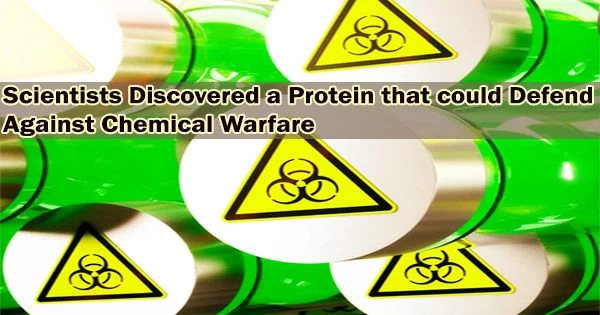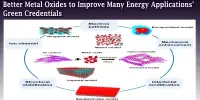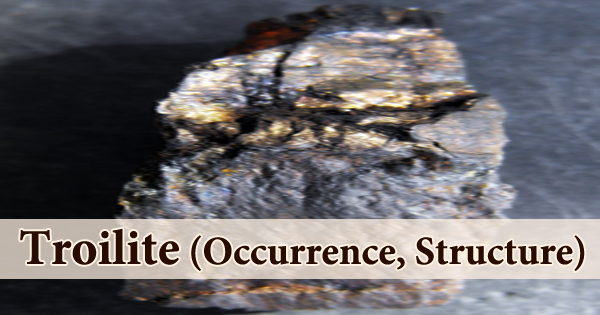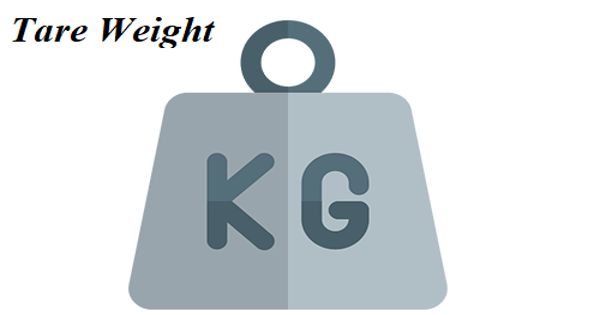Scientists from Rutgers University have developed a synthetic protein that recognizes deadly nerve agent molecules fast. This deadly agent has been designated by the UN as a weapon of mass destruction and might be used in a chemical warfare attack.
According to scientists, this breakthrough may pave the way for the development of a new generation of custom biosensors and treatments that might be used to combat the chemical warfare toxin VX.
According to Science Advances, the group developed the protein using a unique design on fast computers in Rutgers labs.
“We’ve made an artificial protein that binds a chemical target in this case, the VX nerve agent,” said Vikas Nanda, an author on the study and a scientist at Rutgers’ Center for Advanced Biotechnology and Medicine (CABM). “We wanted to design it to generate a signal that could be coupled to a device, making a biosensor for chemical weapons. And we’ve been able to achieve that.”
The most lethal and quickly acting of all the known chemical warfare agents is VX, an odorless, tasteless, man-made chemical substance. It functions by assaulting the neurological system, which paralyzes the muscles and causes asphyxiation death within minutes. VX is prohibited from being stored by nations since it is categorized as a weapon of mass destruction. However, nations are permitted to store small amounts for research.
We’ve made an artificial protein that binds a chemical target in this case, the VX nerve agent. We wanted to design it to generate a signal that could be coupled to a device, making a biosensor for chemical weapons. And we’ve been able to achieve that.
Vikas Nanda
The Rutgers researchers created the protein with a hollow in the middle that precisely matched the physical characteristics and chemical make-up of VX. The Rutgers design was used by collaborators at the City College of New York to create a real protein, purify it, and ship the sample overnight on ice to MRIGlobal in Kansas City, Mo, a laboratory authorized to test chemical weapons. There, the protein was tested against VX within 24 hours.
“The protein underwent a dramatic shape change, burying VX in the cavity we designed,” said Nanda, who also is a professor in the department of biochemistry and molecular biology at Rutgers Robert Wood Johnson Medical School. “This shape change is the signal which could be coupled to a sensor device.”
The protein, according to Nanda, is a thousand times more sensitive than current technology at detecting VX. Additionally, the protein doesn’t cause false positives, which happen when modern sensors mistakenly detect compounds that aren’t nerve agents but are comparable, like some pesticides.
The U.S. Centers for Disease Control and Prevention’s website claims that VX or other nerve agents may have been used in chemical warfare during the 1980s Iran-Iraq War. Experts on chemical weapons claim that they have also been employed recently in assassinations and wars. Although there are VX antidotes, it is best to administer them as soon as possible after exposure.
“The design method presented here should enable the development of a new generation of biosensors, therapeutics and diagnostics,” Nanda said. Douglas Pike, a graduate student at CABM, was involved in the study.
In addition, James McCann, Mia Brown, and Ronald Koder of the Department of Physics, City College of New York, and David Crouse of the Department of Electrical and Computer Engineering, Clarkson University, were on the study.
















